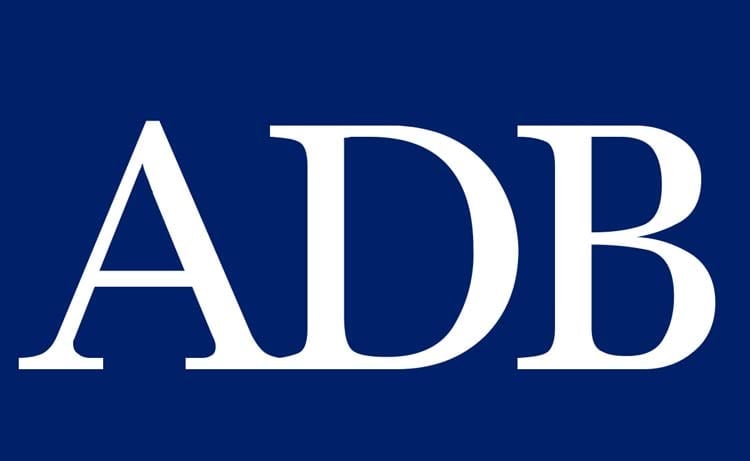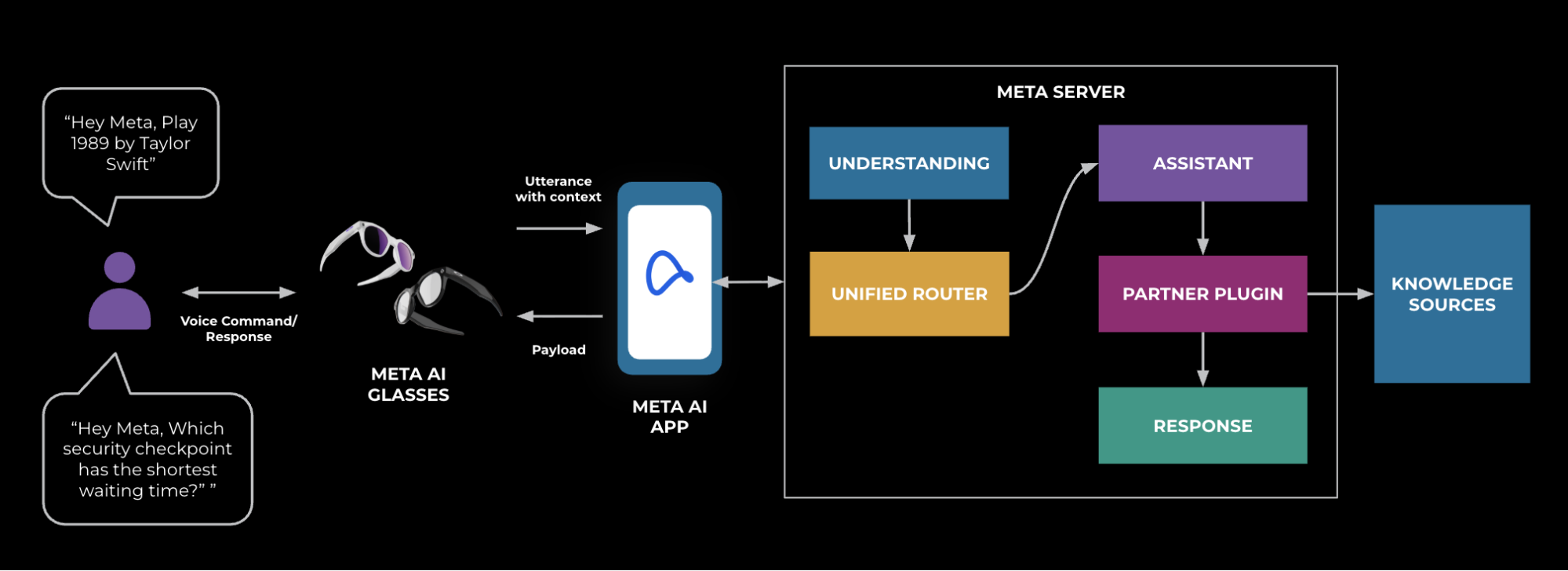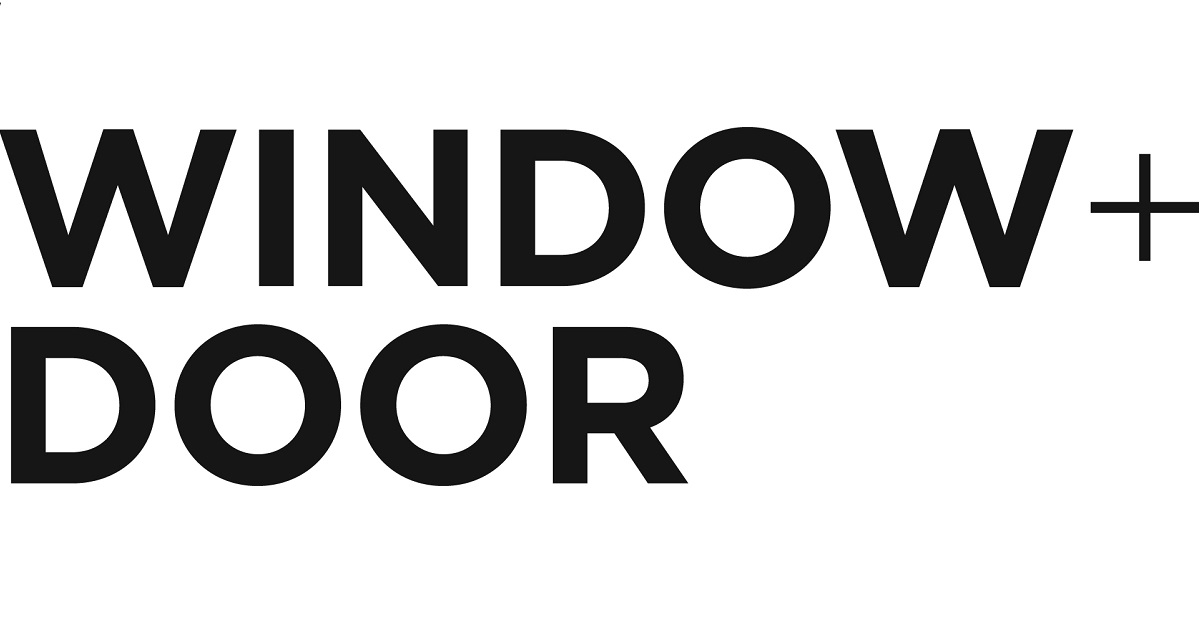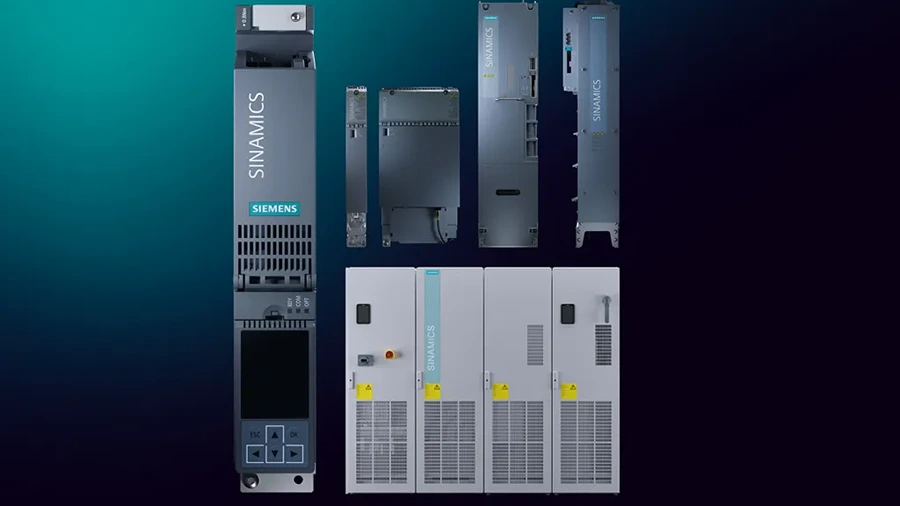Analysis of Toys ‘R’ Us Retail Expansion and its Contribution to Sustainable Development Goals
Executive Summary
This report details the recent expansion of the retail company Toys ‘R’ Us, which involves the opening of approximately 30 new flagship and seasonal holiday stores across the United States. The expansion, executed in partnership with Go! Retail Group, is analyzed through the framework of the United Nations Sustainable Development Goals (SDGs), highlighting the initiative’s potential contributions to economic growth, sustainable communities, and responsible consumption.
Contribution to SDG 8: Decent Work and Economic Growth
The establishment of new retail locations directly supports SDG 8 by creating employment opportunities and stimulating local economies. The opening of both permanent flagship stores and seasonal shops generates jobs, contributing to economic activity in numerous communities just before the holiday season. This initiative provides both long-term and temporary employment, fostering economic resilience at a local level.
Contribution to SDG 11: Sustainable Cities and Communities
By situating its new stores within existing retail infrastructure such as shopping malls and outlet centers, Toys ‘R’ Us contributes to SDG 11. This strategy promotes the revitalization of established commercial hubs, making use of existing infrastructure rather than developing new land. This approach supports the economic and social sustainability of communities by driving foot traffic to central locations and reinforcing their role as community gathering places. Locations for this initiative include:
Store Locations Driving Local Economic Activity
Flagship Stores
- Chicago Premium Outlets – Aurora, IL
- Camarillo Premium Outlets – Camarillo, CA
- Arundel Mills – Hanover, MD
- Jordan Creek – Des Moines, IA
- Westroads Mall – Omaha, NE
- Denver Premium Outlets – Thornton, CO
- Tanger Outlets Deer Park – Deer Park, NY
- Towne East Square – Wichita, KS
Seasonal Holiday Shops
- Great Lakes Crossing – Auburn Hills, MI
- Grapevine Mills – Grapevine, TX
- Lakeside Shopping Center – Metairie, LA
- Tanger Outlets – Nashville, TN
- Crabtree Valley Mall – Raleigh, NC
- The Mall in Columbia – Columbia, MD
- South Plains Mall – Lubbock, TX
- Westfield Southcenter – Tukwila, WA
- Station Park – Farmington, UT
- Deptford Mall – Deptford, NJ
- Eastland Mall – Evansville, IN
- Mall of New Hampshire – Manchester, NH
- Bay Street – Emeryville, CA
- Twelve Oaks Mall – Novi, MI
- Park Meadows – Lone Tree, CO
- North Star Mall – San Antonio, TX
- Tanger Outlets – Sevierville, TN
- King of Prussia Mall – King of Prussia, PA
- Crocker Park – Westlake, OH
- Walden Galleria – Buffalo, NY
Contribution to SDG 12: Responsible Consumption and Production
The operational model, particularly the use of seasonal pop-up shops, aligns with principles of resource efficiency central to SDG 12. This flexible retail footprint minimizes the long-term environmental impact associated with permanent large-scale construction and operation. Furthermore, by curating a selection of popular brands such as LEGO, Barbie, and Hot Wheels, the company has an opportunity to influence supply chains and promote products from manufacturers committed to sustainable materials and ethical production practices, thereby encouraging more responsible consumption patterns among consumers.
Contribution to SDG 4: Quality Education
By increasing access to a wide variety of toys, including those with educational value like LEGO, the expansion indirectly supports SDG 4. Play is a critical component of early childhood development, fostering creativity, problem-solving skills, and cognitive growth. The availability of these developmental tools in more communities contributes to the foundational aspects of learning and education for children.
Analysis of Sustainable Development Goals in the Article
-
Which SDGs are addressed or connected to the issues highlighted in the article?
The provided article focuses on the commercial expansion of the retailer Toys “R” Us. It does not explicitly mention or address any of the Sustainable Development Goals (SDGs). However, based on the information about the company’s growth and the opening of new stores, an indirect connection can be inferred to the following SDG:
-
SDG 8: Decent Work and Economic Growth
The article details the company’s comeback from bankruptcy and its expansion by opening “nearly 30 new flagship stores and seasonal holiday shops across the country.” This business expansion contributes to economic activity and creates employment opportunities in the communities where the stores are located, which aligns with the general principles of promoting sustained, inclusive, and sustainable economic growth.
-
SDG 8: Decent Work and Economic Growth
-
What specific targets under those SDGs can be identified based on the article’s content?
The article does not mention any specific SDG targets. Nevertheless, the actions described can be linked to the following targets under SDG 8 through inference:
-
Target 8.3: Promote development-oriented policies that support productive activities, decent job creation, entrepreneurship, creativity and innovation.
The expansion of Toys “R” Us, including opening new stores in locations like the Deptford Mall and King of Prussia Mall, directly supports “decent job creation” for retail workers. The partnership with Go! Retail Group mentioned by Jamie Uitdenhowen also reflects a business model that supports entrepreneurship and productive activities within the retail sector.
-
Target 8.5: By 2030, achieve full and productive employment and decent work for all women and men… and equal pay for work of equal value.
By opening numerous new stores, the company is contributing to local employment. While the article does not provide details on the quality of work, the creation of new jobs is a fundamental step toward achieving full and productive employment in those communities.
-
Target 8.3: Promote development-oriented policies that support productive activities, decent job creation, entrepreneurship, creativity and innovation.
-
Are there any indicators mentioned or implied in the article that can be used to measure progress towards the identified targets?
The article does not explicitly state any official SDG indicators. However, the text contains information that could serve as informal or proxy indicators to measure progress toward the inferred targets:
-
Implied Indicator for Target 8.3: Number of new business locations established.
The article provides a direct measure of business expansion by stating that the company is opening “nearly 30 new flagship stores and seasonal holiday shops.” It also provides a detailed list of these locations, which serves as concrete evidence of this growth.
-
Implied Indicator for Target 8.5: Number of jobs created.
Although the article does not specify the number of jobs that will be created, the opening of dozens of new retail locations implies the creation of a significant number of employment positions for store managers, cashiers, and stock personnel. The number of new stores is a proxy for job creation.
-
Implied Indicator for Target 8.3: Number of new business locations established.
SDGs, Targets, and Indicators Table
| SDGs | Targets | Indicators (Implied from Article) |
|---|---|---|
| SDG 8: Decent Work and Economic Growth |
8.3: Promote development-oriented policies that support productive activities, decent job creation, entrepreneurship, creativity and innovation.
8.5: Achieve full and productive employment and decent work for all. |
|
Source: nbcphiladelphia.com







